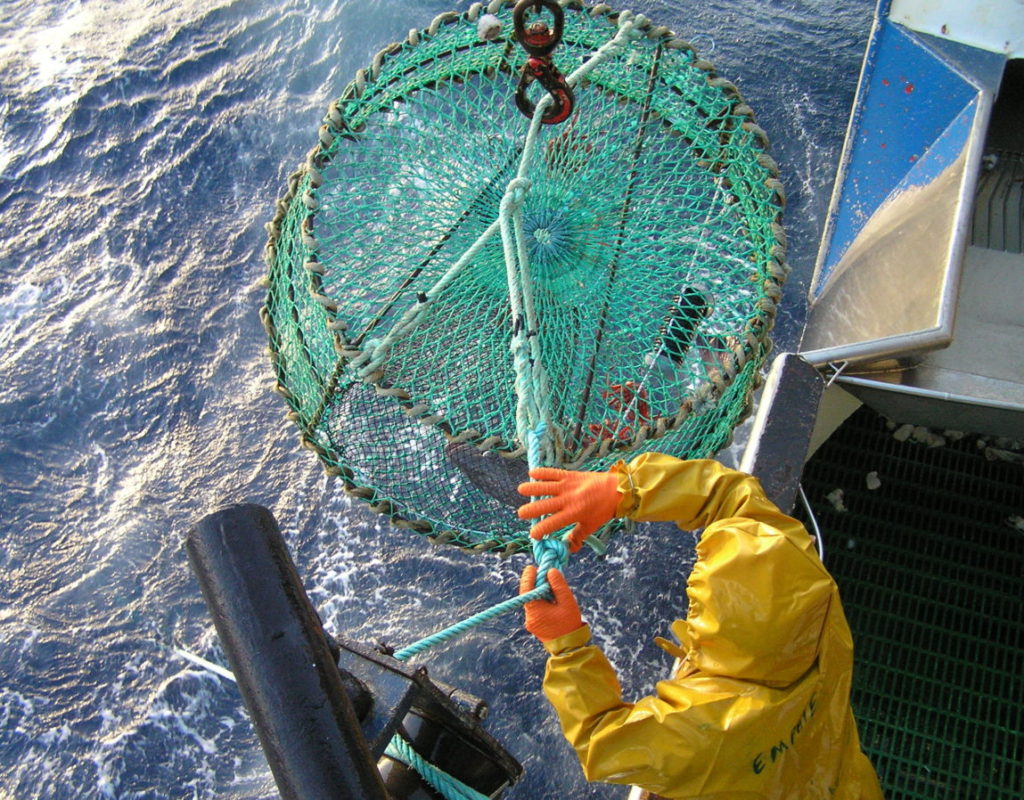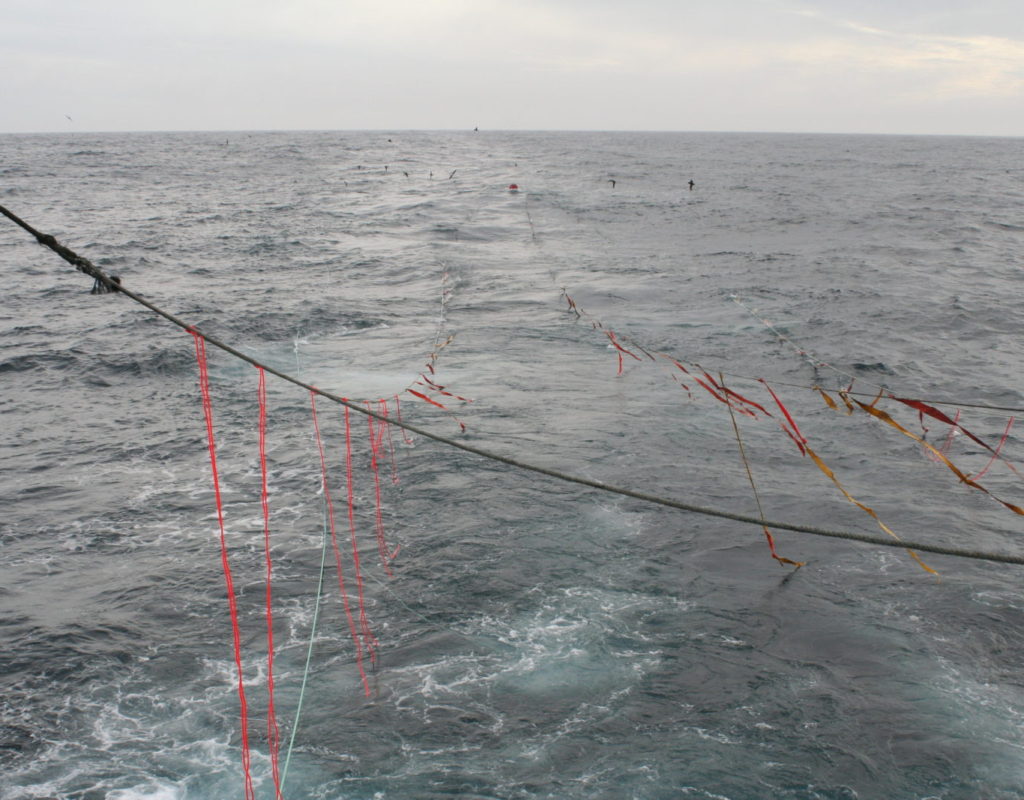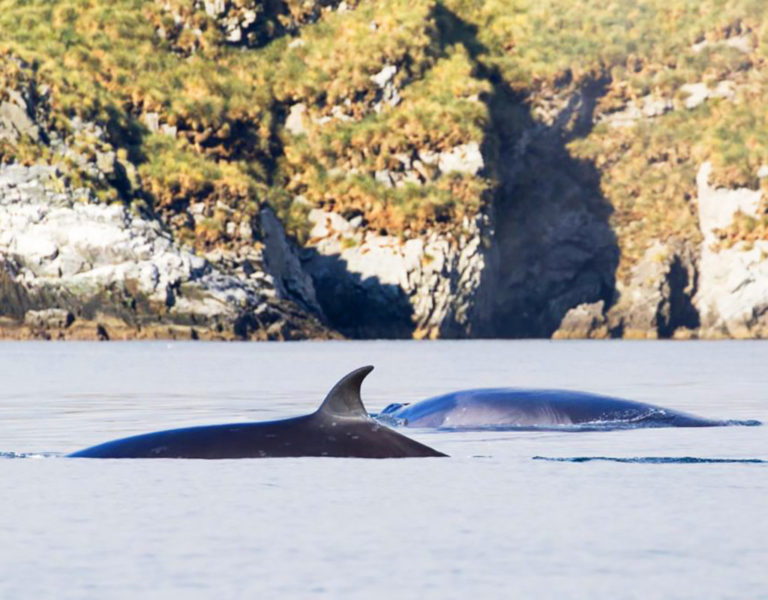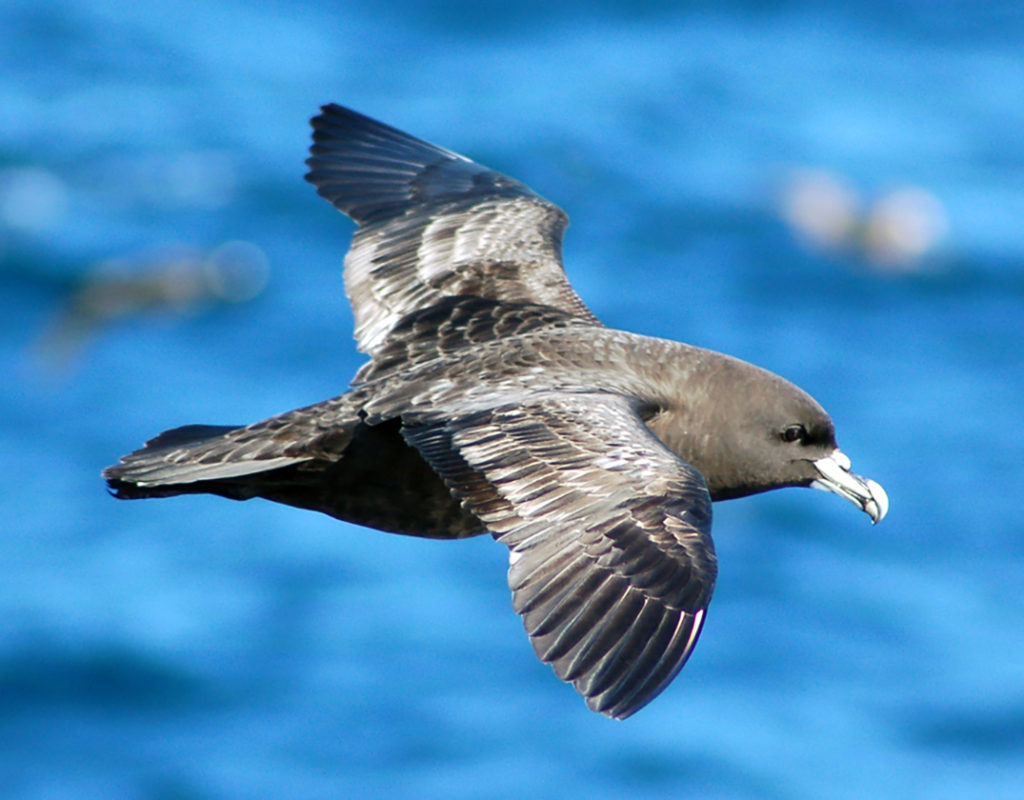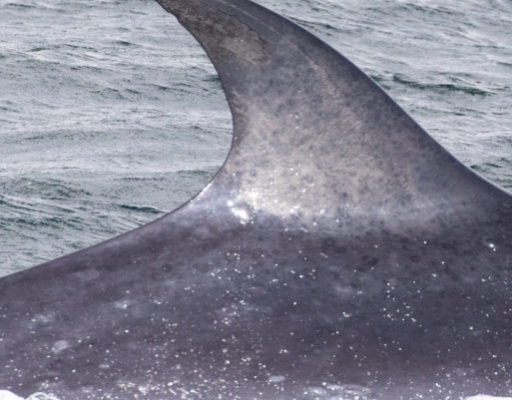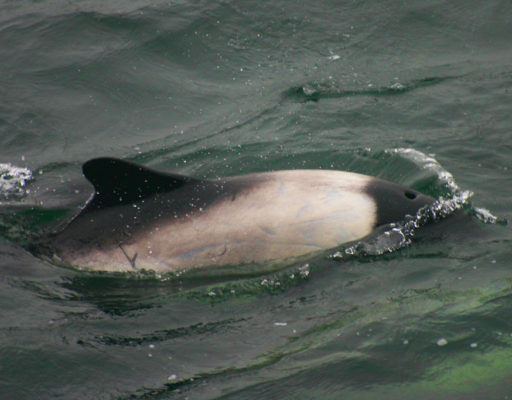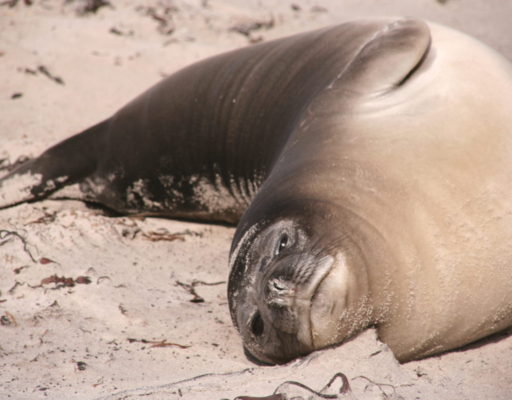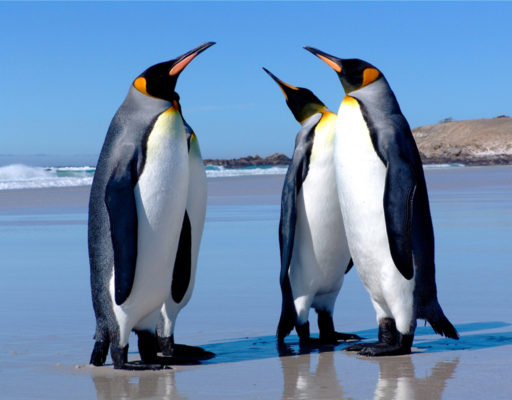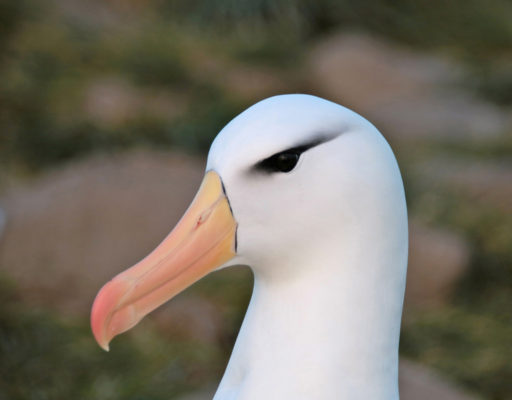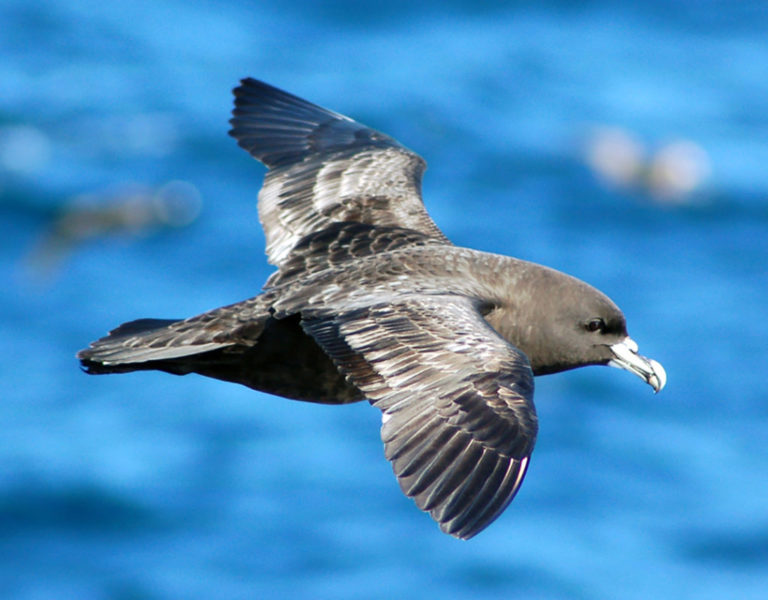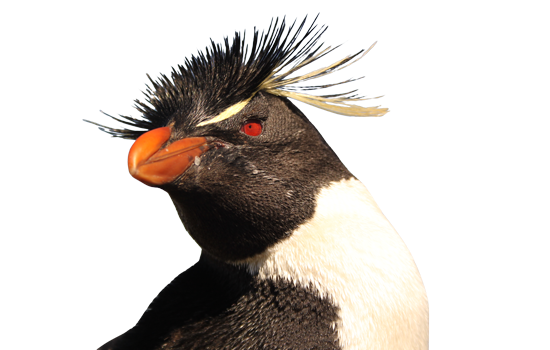The fishing industry in the productive waters around the Falkland Islands developed in the 1950s.
Since the mid-eighties, the fishery has targeted 11 species of finfish, two species of cephalopod and one bivalve.
The two main types of fishing activity in Falkland Islands waters are trawling and jigging, although demersal longlin ing, pelagic trawling and potting have been or are currently employed.
A number of inshore fisheries have also occurred in the Falkland Islands, but are currently very small scale.





